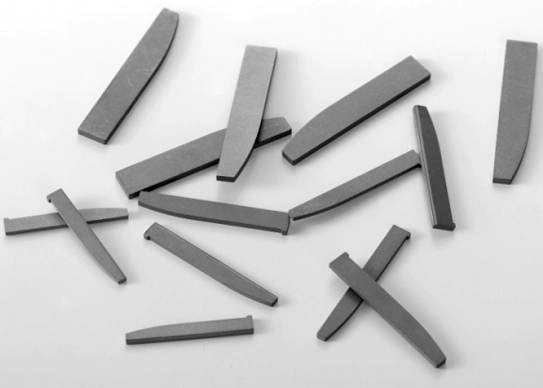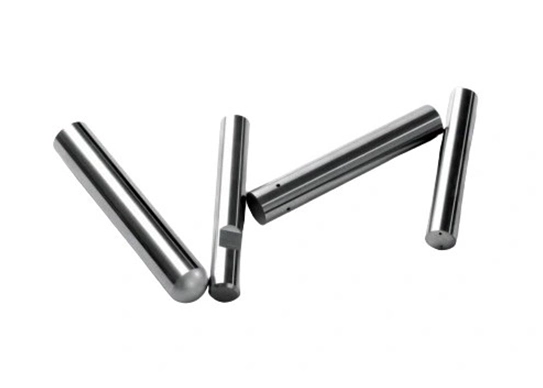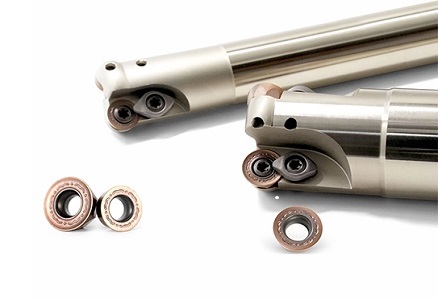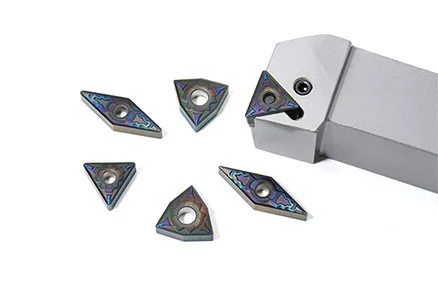Carbide milling inserts are key tools in milling operations, typically mounted on milling cutters for cutting tasks. Depending on the processing requirements and materials, milling inserts come in various types. Common types of carbide milling inserts include general-purpose milling inserts, high-hardness milling inserts, and high-feed milling inserts. Each type of insert differs in design, material, and application range. Choosing the appropriate insert can significantly improve machining efficiency and quality.
General Milling Inserts
General milling inserts are the most common type and are suitable for cutting a variety of materials. They are usually made of carbide (such as tungsten carbide) and feature good wear resistance and versatility. The geometric design of general milling inserts is suited for medium-load and general machining tasks, capable of processing materials like cast iron, carbon steel, and aluminum alloys. Due to their standardized design, general milling inserts are widely used in routine cutting operations and small-batch production.
High Hardness Milling Inserts
High-hardness milling inserts are designed for machining hard materials and are ideal for milling hardened steels, tool steels, and quenched steels. To meet the challenges of these hard materials, high-hardness milling inserts typically use high-hardness materials, such as ceramics, cubic boron nitride (CBN), and polycrystalline diamond (PCD). These inserts offer extremely high hardness and wear resistance, providing stable cutting performance under extreme machining conditions. Therefore, high-hardness milling inserts are often used in precision and wear-resistant applications.
High Feed Inserts
The design focus of high-feed milling inserts is to improve feed rates and cutting efficiency, making them particularly suitable for high-speed, heavy-duty milling tasks. These inserts usually feature optimized geometries, such as larger cutting edge angles and specialized chip breaker designs, which effectively reduce cutting forces and friction, ensuring high efficiency and stability during the machining process. High-feed milling inserts are widely used in mass production, particularly in large surface machining and profile milling, where they significantly increase production efficiency.
Choosing the Right Milling Insert
Selecting the appropriate milling insert is crucial for enhancing machining efficiency and surface quality. General milling inserts are suitable for machining a wide range of common materials, while high-hardness milling inserts offer superior cutting ability for hard materials. For applications that require fast cutting and increased production efficiency, high-feed milling inserts are the better choice. By carefully selecting milling inserts, manufacturers can meet machining requirements while optimizing production processes, reducing costs, and improving product quality.
In milling operations, types of milling inserts play a decisive role. It is essential to choose the right type of insert based on the specific machining requirements. Carbide milling inserts each have unique characteristics, making them suitable for different machining conditions and material types. Understanding the features and applications of these inserts can help factories improve production efficiency and machining quality.






